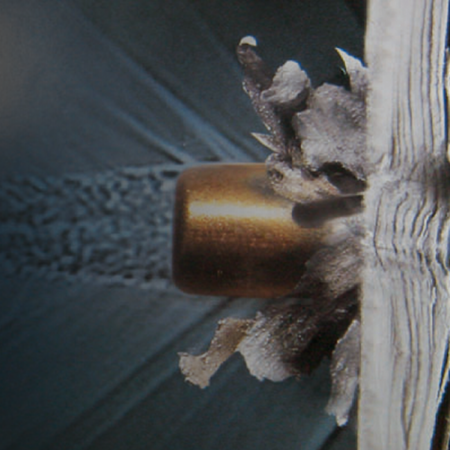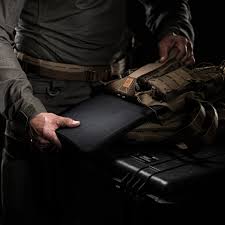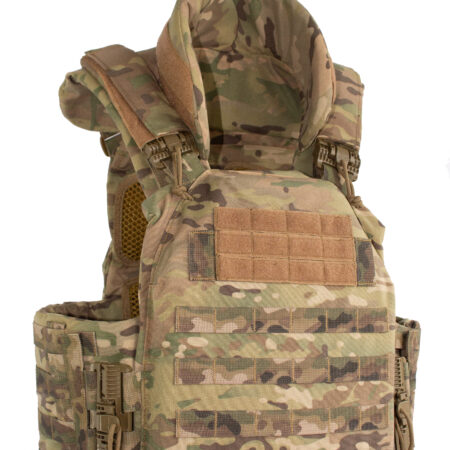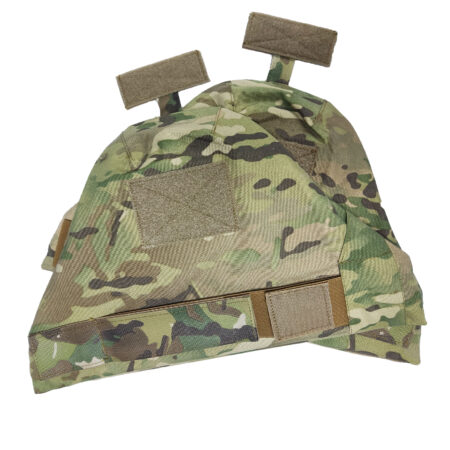Description
Materials used for the manufacture of body armor
Concealed carry
- Comfort, invisibility
- Low weight
- Low thickness
- Not higher than 2 protection class
External wearing
- Higher protection class due to the use of armor plates
- Not higher than 2 – 6 protection class
| 1 class | 2nd grade | 3rd grade | 4th grade | 5th grade | 6th grade | |
|---|---|---|---|---|---|---|
| Fabrics made of aramid or PE yarns | – | – | ||||
| Soft armor, UD polyethylene, or aramid | – | – | ||||
| Plastic armor plate | – | – | – | |||
| Steel armor plate | – | – | – | – | ||
|
Composite ceramic plate
|
– | – | – | – | – | – |
Bulletproof and anti-shrapnel helmets
1. 1. History of creation
About a century BC – Leather helmet of Roman legionnaires
Circa 12th century AD – Steel knight’s helmet
Circa 1910 – Steel helmet against ballistic damage
1980 г. – PSGT (Personal Armor System Ground Troops) helmet
2. The need for armor protection for soldiers
Features of damage by debris
|
Debris velocity (m/sec)
|
% of defeats
|
|
50 – 380
|
50%
|
|
50 – 450
|
75%
|
|
50 – 530
|
90%
|
|
50 – 760
|
95%
|
|
50 – infinity
|
100%
|
3. The need for a helmet for a soldier
75-80% of the damage is FRAZZLES
20% of defeats are bullets
45% of injuries from shrapnel occur in the head
When a projectile bursts (data for 135-mm L5A1 projectile), they are formed:
0.1 g – 1.0 g 77%
1.0 g – 10.0 g 21%
10.0 g – 140.0 g 2%
(155 mm artillery shell)
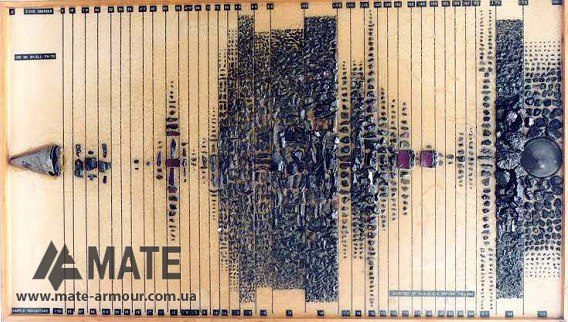
4. Protective properties
- Ballistic protection
- Bullet resistance
- Anti-shatter resistance
- Preventable injury
- Impact protection
- Cushioning of impacts of falling mass
5. Structural and physical and mechanical properties
- Mass.
- Fire resistance
- Wear resistance
- Maintainability
- Other …
6. Service and operational characteristics
- Combination with clothes
- Combination with weapons
- Service life
- Ease of fit (adjustment)
- Other …
7. Materials for the manufacture of bulletproof helmets
- Steel, titanium, aluminum alloys (5%)
- Aramid materials (80%): Varon® (Teijin Aramid, the Netherlands)
- Kevlar® (DuPont, USA)
- Heracron® (Colon, Korea)
- SVM, RUSAR® (Russia)
- High-modulus polyethylene materials (15%)
- Dainima® (DSM, the Netherlands)
- Spectra® (USA)
- Zylon® (PBO)
- “Ballistic” nylon
8. Materials for the manufacture of bulletproof helmets
- Aramid bulletproof helmets:
- pressed;
- discrete fabric materials (DFM)
- metal-composite bulletproof helmets
- High-modulus polyethylene bulletproof helmets
9. Materials for the manufacture of bulletproof helmets

Armor helmet made of aramid materials (uniform impregnation)
weight of the helmet 1.5 – 1.6 kg (protection class 1A DSTU B 4103-2002)
V50=600-650 m/secDesign“discrete fabric materials” (central part without impregnation )
V50=600-650 m/secDesign“discrete fabric materials” (central part without impregnation )
weight of the Armor Helmet 1.4 kg (protection class 1 of DSTU V 4103-2002)
weight of the Armor Helmet 1.9 kg (protection class 2 of DSTU V 4103-2002)
weight of the Armor Helmet 1.9 kg (protection class 2 of DSTU V 4103-2002)
Aramid bulletproof helmets:
- Pressed
- Optimal weight/protective properties ratio
- No secondary debris
- Radar uncertainty
- Good thermal insulation
- Discrete fabric materials (DFM)
- Low structural stability
- High injury rate
High-modulus polyethylene bulletproof helmet:
weight of the helmet is 1.2 kg (protection class 1 of DSTU B 4103-2002)
V50= 600 m/sec weight of the helmet is 1.6 kg (protection class 1A of DSTU B 4103-2002)
V50= 680 m/sec
V50= 600 m/sec weight of the helmet is 1.6 kg (protection class 1A of DSTU B 4103-2002)
V50= 680 m/sec
Pros:
- Unique ratio indicator
- Weight / protective properties according to class 1, 1 A of DSTU B 4103-2002
- No secondary debris
- Radar uncertainty
Cons:
- Low heat resistance
- Impossibility of steam decontamination (170°C)
- High price
- High injury rate
10. Conclusion
To select armor protection, it is necessary to determine:
- Required level of protection in terms of bullet resistance / shrapnel resistance
- Body / armor material (operating conditions)
- Type of suspension system (for helmet)
- Shape (ergonomics)
- Assignment (infantry, special forces, weapons operator, sapper, sniper, etc.)


